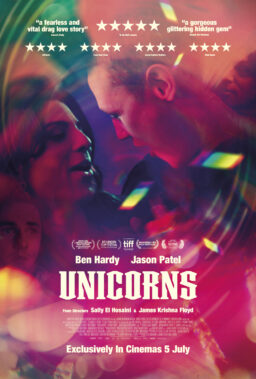Taschen have set the bar very high for books on the movies. Not just in sheer size and bulk, but also in terms of research and wealth of illustrations. The Walt Disney Film Archives is, I believe, the most sumptuous and comprehensive volume on film that Taschen has ever produced. It contains no fewer than 1,500 images—original drawings, paintings, cels, storyboards and behind-the-scenes photographs.
Between 1921 and his death in 1966, Walt Disney created or supervised scores of shorts and features, introducing such characters as Mickey Mouse, Pluto, Goofy, and Donald Duck. Already in his twenties, Walt had created the legendary Hyperion Studios. By his mid-thirties he had produced the first of his classic full-length animated films—”Snow White and the Seven Dwarfs.” And during his forties his fertile imagination had given birth to classics such as “Fantasia,” “Dumbo” and “Bambi.”
Under the perceptive editorship of Daniel Kothenschulte, the various contributors offer a wealth of detail concerning each and every Disney production up to and including “The Jungle Book.” We learn that by no means was every Disney film successful at the box-office, or even with the critics. “Pinocchio,” “Fantasia” and “Bambi” all lost money on their original release; and “Alice in Wonderland” suffered a savage mauling at the hands of U.S. and British journalists alike. Ironically, Walt’s greatest financial triumph, “Mary Poppins” (1964), contained only certain elements of the animation for which he was so famous. Yet such was the strength of his legacy that the studio would continue to generate animation of the highest order (“Beauty and the Beast,” “Aladdin,” “The Lion King,” “Mulan”), which is all outside the range of the Taschen tome.

Walt Disney’s greatest quality was his team leadership. Through the decades, he nurtured and inspired countless gifted animators such as Ward Kimball, Marc Davis, David Hand, Mary Blair, Milt Kahl, John Sibley and John Lounsbery. He would attend each and every meeting at the studio, often coming up with the solution to a problem or offering an inspired idea. During World War II, artists Salvador Dali and Thomas Hart Benton both worked at the Disney studios, and indeed the illustrations in this book underline the importance of painted backgrounds in Disney’s oeuvre.
Most of the feature films were in development for years. Walt began work on “Peter Pan,” for example, in 1939, but the movie only appeared in 1953. “The Lady and the Tramp” was released in 1955, but had been in the planning stage as far back as 1937. “Find the entertaining sequences and I’ll weave a story around them,” was Walt’s recipe for constructing his most enduring creations.
The war years showed Walt to be a zealous patriot, turning out numerous training films for the U.S. military, as well as propagandist entertainment like “Private Pluto” or Goofy in “Victory Vehicles” and Donald Duck in “Der Fuehrer’s Face” (in Technicolor, of course!). In 1942, the Disney studios were declared a war plant, and all staff (including Walt himself) had to wear badges with photographs of themselves. “Song of the South” in 1944 was the first Disney production to combine live-action and cartoon sequences. All of this took precedence over the full-scale animated features, and there was an eight-year hiatus between “Bambi” in 1942 and “Cinderella” in 1950.
Clearly, Taschen has had unrestricted access to the Disney archives, and their research has yielded some visual gems, such as the paintings prepared for Sibelius’s “The Swan of Tuonela,” which was to have featured in “Fantasia.” The quality of color reproductions, and of the Italian printing in general, is absolutely superb, and no fan of animation, or indeed film history, should spare the cost of acquiring this volume, weighing in at a mere 15 pounds!
To order your copy of The Walt Disney Film Archives: The Animated Movies 1921-1968, click here.











